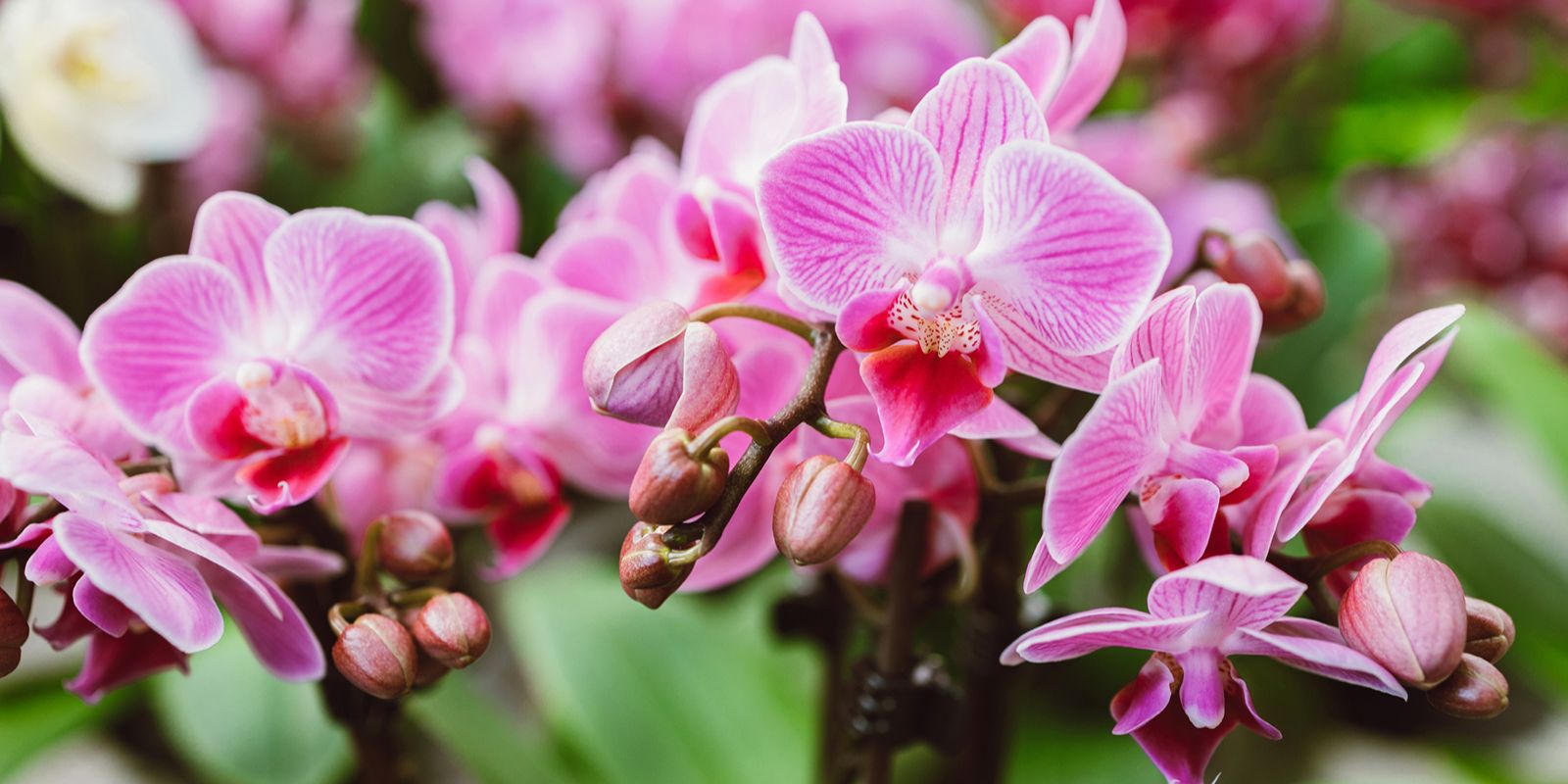Orchids, with their exotic allure and incredible variety, are among the most captivating flowers in the world. Their blooms are not only a sight to behold but also a marvel of biological complexity. This article delves into the science behind orchid blooms, exploring what makes them so fascinating and how their unique features contribute to their beauty.
1. The Evolutionary Adaptation of Orchids
Orchids are one of the largest and most diverse plant families on the planet, with over 25,000 species. Their evolutionary success is partly due to their remarkable ability to adapt to different environments. Orchids have developed a variety of strategies to thrive in diverse conditions, from tropical rainforests to temperate regions.
The evolution of orchids involves intricate relationships with their pollinators. Orchids have evolved specialized structures and mechanisms to attract and interact with specific pollinators, ensuring successful reproduction. This specialization has led to the incredible diversity in orchid flowers, each adapted to a particular pollinator’s needs.
2. Pollination Mechanisms
One of the most fascinating aspects of orchids is their pollination mechanism. Orchid flowers are designed to attract specific pollinators, such as bees, butterflies, and hummingbirds. The process is a fine-tuned example of mutualistic evolution, where both the plant and the pollinator benefit.
Orchids often use a combination of visual and olfactory cues to attract pollinators. For example, some orchids produce scents that mimic the pheromones of female insects, tricking male insects into attempting to mate with the flower. This interaction facilitates the transfer of pollen from one flower to another, promoting cross-pollination.
The structure of orchid flowers is also highly specialized. The labellum, or lip, serves as a landing platform for pollinators and is often intricately shaped to guide them to the reproductive parts of the flower. The column, which contains both the male and female reproductive organs, plays a crucial role in the fertilization process.
3. Symbiotic Relationships with Fungi
Orchids form a crucial symbiotic relationship with fungi known as mycorrhiza. This mutualistic association is essential for the survival and growth of orchids, especially during their early stages of development. Mycorrhizal fungi help orchids absorb nutrients from the soil, which is vital since orchids often grow in nutrient-poor environments.
The fungi colonize the orchid’s roots and provide essential minerals and nutrients, such as phosphorus and nitrogen, in exchange for carbohydrates produced by the plant. This relationship is so crucial that many orchids would not survive without their fungal partners. It also plays a role in the health and vigor of the plant, influencing its ability to produce vibrant blooms.
4. The Complex Flower Structure
The structure of an orchid flower is a marvel of evolutionary design. Each part of the flower has a specific function that contributes to the plant’s reproductive success. Key components include:
- Labellum (Lip): The labellum is often the most prominent part of the flower and serves as a landing platform for pollinators. Its shape and coloration can vary widely among species, often mimicking the appearance of other organisms to attract pollinators.
- Column: The column is a fused structure that contains both the male (anther) and female (stigma) reproductive organs. Its design ensures that pollen is effectively transferred during pollination.
- Sepals and Petals: The sepals and petals of an orchid flower provide additional attraction and protection. They can be brightly colored or patterned to draw pollinators and often have unique shapes that aid in the pollination process.
5. Bloom Duration and Patterns
Orchid blooms are known for their varied durations and blooming patterns. Some orchids have flowers that last for only a few days, while others can bloom for several months. The duration of blooming is influenced by factors such as the plant’s species, growing conditions, and care.
Understanding the natural blooming cycles of orchids can help gardeners extend the flowering period and maintain plant health. For instance, many orchids have specific light, temperature, and humidity requirements that need to be met to promote flowering. Providing the right conditions can encourage orchids to produce blooms for an extended period.
6. The Role of Environmental Factors
The environment plays a significant role in orchid blooming. Orchids are sensitive to changes in light, temperature, and humidity, which can impact their flowering. For instance, some orchids require a period of cooler temperatures or reduced light levels to trigger blooming.
Gardeners and orchid enthusiasts can optimize their growing conditions to support healthy blooms. This may include adjusting the amount of light the plants receive, maintaining proper humidity levels, and providing appropriate fertilization. By closely monitoring and managing these factors, growers can enhance the chances of successful flowering.
7. Conservation and Future Research
As the fascination with orchids continues to grow, so does the need for conservation and research. Many orchid species are threatened by habitat loss, climate change, and other environmental pressures. Conservation efforts are crucial to protecting these beautiful plants and ensuring their survival for future generations.
Ongoing research into orchid biology, ecology, and conservation is essential for understanding and preserving these remarkable plants. Scientists are studying orchid genetics, breeding programs, and habitat restoration to address the challenges facing orchid populations.
Conclusion
The science behind orchid blooms reveals a complex interplay of evolutionary adaptations, pollination mechanisms, symbiotic relationships, and environmental factors. Orchids are not only a marvel of nature but also a testament to the intricate beauty of the natural world. Their captivating flowers are the result of millions of years of evolutionary refinement, making them a source of endless fascination for scientists and gardeners alike.
Exploring the science behind orchid blooms enhances our appreciation of these extraordinary plants and inspires us to cultivate and conserve them. Whether you’re an avid gardener or a curious observer, understanding the secrets of orchid blooms adds depth to your appreciation of these stunning flowers.
Motivation: Dive into the world of orchids and discover the incredible science behind their stunning blooms! 🌸🔬 Explore the marvels of nature that make orchids a true wonder of the plant kingdom.
Hashtags: #OrchidScience #BloomingBeauty #FlowerPower #PlantMagic #OrchidCare #GardeningTips #FloralWonder #NatureMysteries

